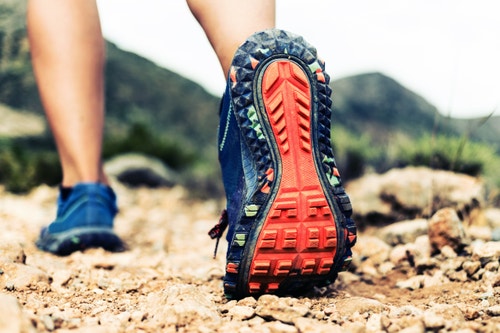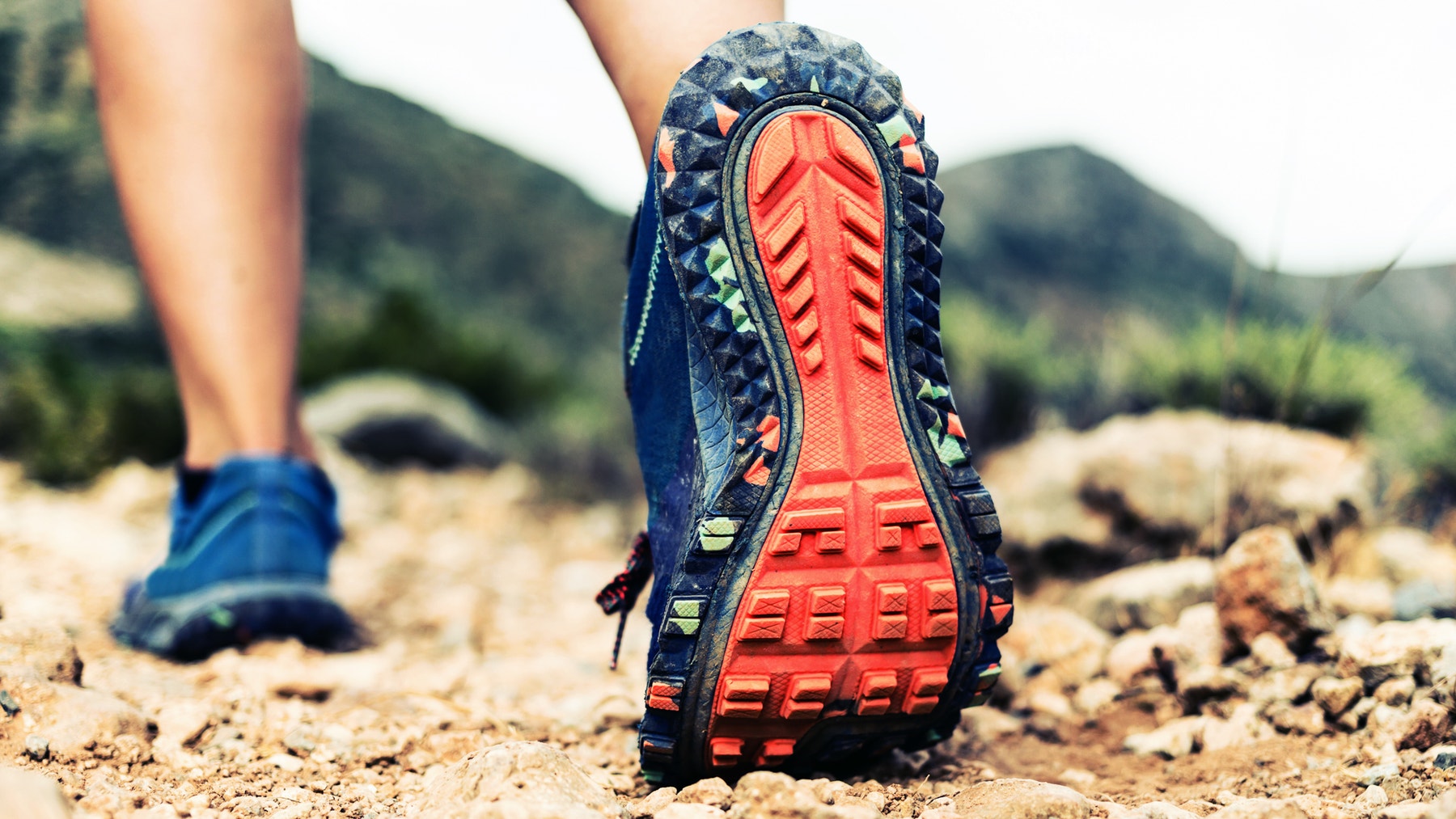Sliding Down a Slope
Build a Tilting Platform to experimentally determine the coefficient of friction of different objects.

Lesson plan
1. Prepare
- Read through the student material in the EV3 Classroom App.
- Collect some information about types of friction in general and static friction in particular.
- For each team, prepare several test objects with varying static friction, such as a LEGO® Technic beam, an eraser, and a small piece of paper.
2. Engage (5 Min.)
- Use the ideas in the Ignite a Discussion section below to engage your students in a discussion related to this lesson.
- Split your class into pairs.
3. Explore (20 Min.)
- Have each pair of students build the Tilting Platform.
- Give them some time to do a test run to ensure that the model is built correctly and works as expected.
4. Explain (10 Min.)
- Have each team perform the experiment at least three times for each object, and record their results.
- Make sure they can create their own testing tables.
5. Elaborate (10 Min.)
- Have your students organize the objects they’ve tested according to their structural properties.
- Ask each team to briefly summarize the results of their experiments.
- Don’t forget to leave some time for cleanup.
6. Evaluate
- Give feedback on each student’s performance.
- You can use the assessment rubrics provided to simplify the process.
Ignite a Discussion
Friction is an everyday phenomenon. If you rub your hands together vigorously, you can feel the resulting heat. Friction forces can be deliberately harnessed, for example in the design of shoe soles to prevent falls on slippery surfaces. The idea behind ice skates is to keep friction as low as possible so they’ll glide over the ice. The striking surface on a matchbox is designed so that a match will heat to the point of ignition when rubbed against it.

Start a discussion about friction by asking relevant questions, like:
- What does the term friction refer to?
- Are you familiar with any technical devices that harness the properties of friction?
- In which situations is friction desirable? When is it not desirable?
- How can friction be reduced?
Building Tips
Building Instructions
*Tilting Platform
Using the Gyro Sensor
The Gyro Sensor must be completely motionless while it’s being plugged into the EV3 Brick and during start-up of the EV3 Brick. If the Gyro Sensor’s angle readings change while the ramp is still, unplug the sensor and plug it back in.
Using the Model
Place the model on a solid and level surface. If the surface isn’t level, the angles and associated coefficient of friction will be incorrect. Run the program and wait until the Touch Sensor is shown on the Display. This resets the ramp to the initial position so that the program can determine the correct angles and coefficients of friction. Place the object to be studied in the center of the ramp, at the end. Press the Touch Sensor on Port 1 to start the test run. The ramp will slowly rise. Press the Touch Sensor again as soon as the object starts to slide. This will stop the test run. The angle and the associated coefficient of friction will be shown on the Display.
Running the Experiment
As they’re running their experiments, remind your students of the following:
- The angle of the ramp as well as the coefficient of friction will be shown on the Display.
- Record the experiment number, angle, and coefficient of friction in a testing table. Make sure to leave enough space to record other observations.
- Perform the experiment at least three times with each test object and use the average values to ensure the most reliable results.
Coding Tips
Program

Differentiation
Simplify this lesson by:
- Working with your students to organize the test objects according to their structural properties
Take this lesson to the next level by:
- Exploring force component diagrams, normal forces, and how trigonometric functions are used when analyzing phenomena on inclined planes
- Challenging your students to come up with ways of improving the accuracy of their experiments
Assessment Opportunities
Teacher Observation Checklist
Create a scale that matches your needs, for example:
- Partially accomplished
- Fully accomplished
- Overachieved
Use the following success criteria to evaluate your students’ progress:
- Students used the structural properties of the test objects to help organize their observations.
- Students identified how structural properties (e.g., shape, composition, surface characteristics) did or did not affect the function of their experimental model.
- Students evaluated the equipment and procedures used in their experiments and identified strengths and weaknesses.
Self-Assessment
Have each student choose the level that they feel best represents their performance.
- Bronze: I’ve performed the experiments but didn’t use the structural properties of the test objects to help organize my observations.
- Silver: With some help, I’ve used the structural properties of the test objects to help organize my observations.
- Gold: I’ve used three or more structural properties of the test objects to help organize my observations.
- Platinum: I’ve used three or more structural properties of the test objects to help organize my observations. To explain my observations, I’ve also proposed a hypothesis about the objects I’ve tested.

Language Arts Extension
To integrate language arts skills development, have your students:
- Create a brief report focusing on the results of their experiments and how they can be used in real-world applications
- Create a presentation explaining the results of their experiments and what they’ve learned
Note: This will make for a longer lesson.
Career Links
Students who enjoyed this lesson might be interested in exploring these career pathways:
- Manufacturing and Engineering (Machine Technology)
- Science, Technology, Engineering & Mathematics (Science and Math)
Apoyo docente
Students will:
- Learn that friction arises between different objects
- Organize objects according to their structural properties
LEGO® MINDSTORMS® Education EV3 Core Set
EV3 Classroom App
Several test objects with varying static friction
NGSS
MS-PS2-2
Plan an investigation to provide evidence that the change in an object’s motion depends on the sum of the forces on the object and the mass of the object.
Common Core
CCSS.ELA-LITERACY.RST.6-8.3
Follow precisely a multistep procedure when carrying out experiments, taking measurements, or performing technical tasks.
CCSS.ELA-LITERACY.RST.6-8.4
Determine the meaning of symbols, key terms, and other domain-specific words and phrases as they are used in a specific scientific or technical context relevant to grades 6-8 texts and topics.
CCSS.ELA-LITERACY.WHST.6-8.7
Conduct short research projects to answer a question (including a self-generated question), drawing on several sources and generating additional related, focused questions that allow for multiple avenues of exploration.
CCSS.MATH.CONTENT.8.G.B.7
Apply the Pythagorean Theorem to determine unknown side lengths in right triangles in real-world and mathematical problems in two and three dimensions.
ISTE
5B
Students collect data or identify relevant data sets, use digital tools to analyze them, and represent data in various ways to facilitate problem-solving and decision-making.
Material para los estudiantes
HOJA DE TRABAJO PARA EL ALUMNO
Descargar, consultar o repartir como una página HTML online o como PDF para imprimir.




